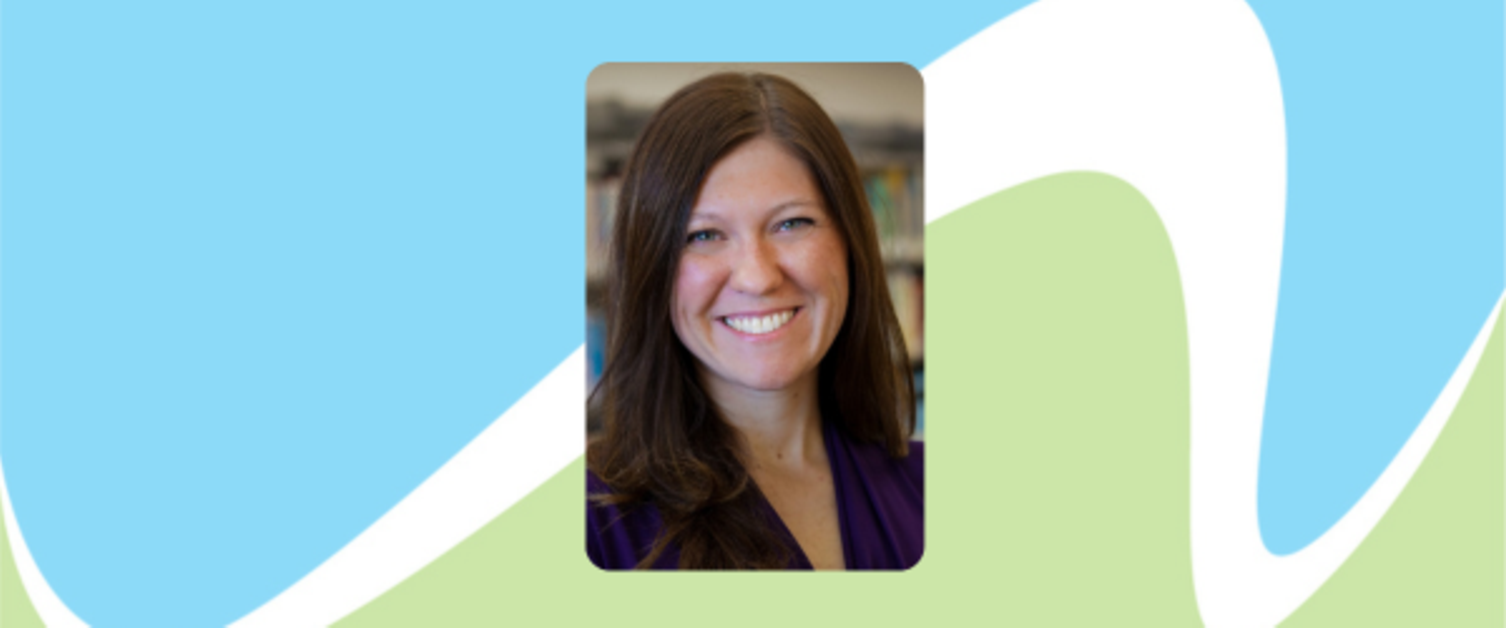Cultivating a Model for Post-Tornado Fieldwork at NSSL
- By Kim Klockow McClain
- Oct 9, 2023
Kim Klockow McClain
In just a few decades’ time, the physical science of meteorology has evolved rapidly, aided in part by increasingly sophisticated field campaigns of many kinds. During fieldwork expeditions, scientists can take ideas from the laboratory into the real world, test techniques for measuring atmospheric properties, and explore competing hypotheses about how the atmosphere works. In science, there truly is no substitute for the living laboratory of the real world. This is just as true for the social science part of our field. Spurred by an explosion of scientific development, including improved theoretical and empirical research in recent years, alongside growth in the hiring of social scientists within meteorological organizations, social science fieldwork is now experiencing its own surge of growth. At NSSL, this is especially true: we now have a critical mass of scientists and user engagement professionals sufficient to cultivate exciting new ways to do fieldwork after key weather events. This article will describe a little bit of the team’s approach, highlighting our study of the December 10, 2021 tornado outbreak as an example of what we hope to do for many key events now and in the future.
.jpg)
In much the same way that atmospheric scientists must consider the scale of phenomenon they wish to study in the field, so too must the social scientist evaluate what exactly they will look at when they go into the field. Our scale analysis considers the level of effect we wish to examine, from forces at work within individuals (psychological analysis/cognitive science) to forces at work within small groups (more sociological/organizational processes) to broad cultural norms and processes (~anthropological processes). We also consider geography: where are people situated when events occur, and what region do we need to target to explore our research questions most effectively? Any given disaster will offer the opportunity to examine problems along any of these scales. For our team’s work, we developed a simple model - informed chiefly by our connection to the mission of NOAA and the NWS - that helped guide our scales of focus and sampling decisions.
Generally, the communication model at work from the NWS point of view considers forecast/warning messages created at WFOs that are then passed along through multiple dissemination channels, especially including the NWS core partners: emergency management and broadcasters. Then, messages are ultimately received, understood, and acted upon by the diverse peoples that comprise our publics. Thus, we take the perspective that if we would like to know how NWS forecasts & warnings affected public response, we need to consider processes going on within WFOs to produce forecast & warning messages, processes going on within EM and broadcast organizations, and then to map that onto what information the public ultimately received and how publics made decisions. By looking at multiple aspects of the communication system, we are able to assess communication successes or identify points of failure.
For the December 10, 2021 event, our team broke into four teams: two members of our team focused on publics (general/non-specific individuals), two people focused on NWS WFOs and local EMs, two focused on broadcast meteorologists, and - given the significance of migrant & Spanish-speaking populations in the event - two individuals who were native Spanish speakers focused on those populations. We sampled across almost the whole geographic span of the event, from portions of Arkansas where the outbreak began, through portions of KY and TN near the geographic end of the outbreak. We did this to ensure that we captured the diversity of processes happening in different places as the event unfolded, especially late into nighttime hours. We wanted to know how every part of the communication system handled the challenge of this largely nocturnal event, and how well their efforts were received by publics as the night wore on.
.png)
This model of fieldwork is not a common one in the social sciences. For the most part, weather disasters tend to draw individuals or much smaller teams into the field, guided by less holistic research questions. We feel that part of the promise of having a social science team at a NOAA laboratory could be to have the labor availability, funding stability, and intentionality to examine these events on a broader set of scales. In this way, we can more directly link practices of different parts of the Weather Enterprise to the societal outcomes we all care so much about.
